Rivers shaped America’s cities long before highways and airports determined where people gathered and conducted business. These waterways powered mills, transported goods, and created the commercial districts that became downtown cores across the nation. Today, many of these historic riverfront areas have found new life as brewery districts, where craft beer makers occupy former industrial buildings and serve customers along scenic walkways that once bustled with cargo boats and factory workers.
These riverwalk breweries offer more than just craft beer—they serve liquid history in settings that tell stories of American industrial heritage and urban renewal. Here is a list of 20 riverwalk breweries that combine excellent brewing with fascinating glimpses into the past.
River Horse Brewing Company, Lambertville, New Jersey
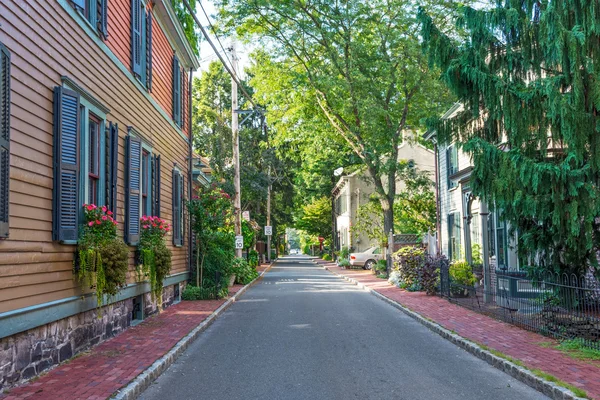
Located along the Delaware River in a restored 19th-century mill building, this brewery maintains original stone walls and wooden beams while producing craft beer in spaces that once processed grain and lumber. The outdoor seating area overlooks the Delaware and Raritan Canal, where mule-drawn barges once carried goods between Philadelphia and New York.
Visitors can explore canal locks and towpath trails between brewery visits, creating full days of historical discovery and craft beer appreciation.
Great Lakes Brewing Company, Cleveland, Ohio

Situated near the Cuyahoga River in Cleveland’s historic Ohio City neighborhood, this pioneering craft brewery occupies buildings that witnessed the city’s industrial rise and environmental challenges. The brewery’s main facility includes a former market building where immigrant families once purchased groceries and supplies for river-dependent livelihoods.
The beer garden overlooks areas where the Cuyahoga River fire of 1969 sparked national environmental awareness, making each pint a toast to both industrial heritage and ecological recovery.
Like Travel Pug’s content? Follow us on MSN.
Allagash Brewing Company, Portland, Maine
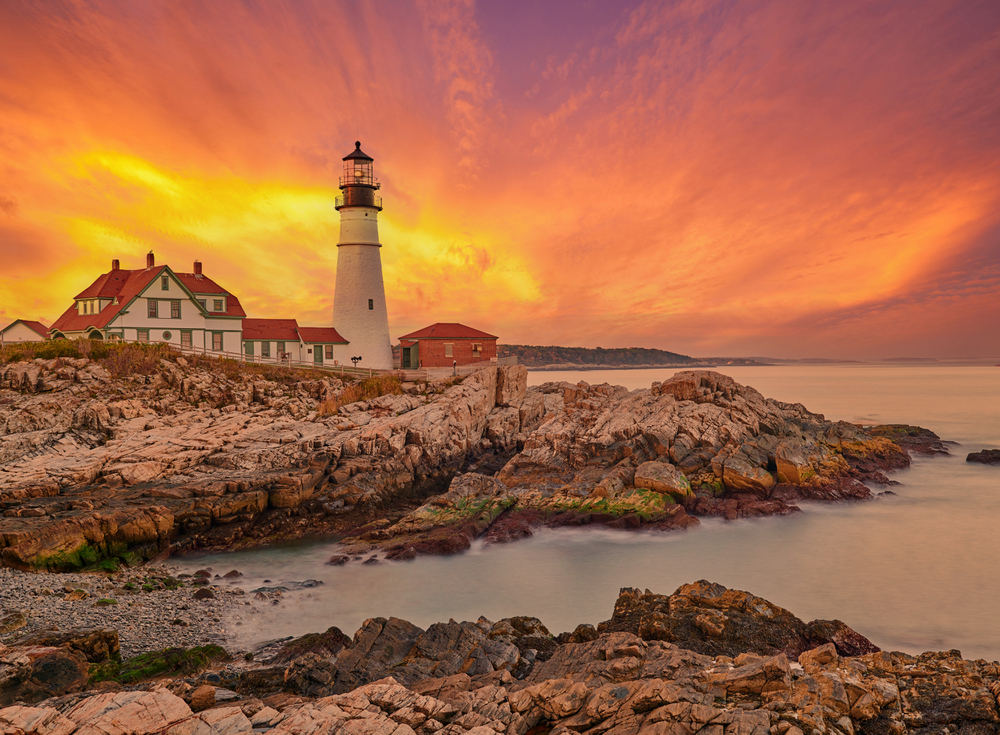
Built along the Fore River in Portland’s working waterfront district, this renowned brewery operates in a converted warehouse that once stored goods arriving by ship from around the world. The tasting room features large windows overlooking the river and working port facilities, where fishing boats and cargo ships continue traditions that made Portland prosperous.
Belgian-style beers reflect the international influences that shaped this maritime city through centuries of global trade connections.
Bell’s Brewery, Kalamazoo, Michigan
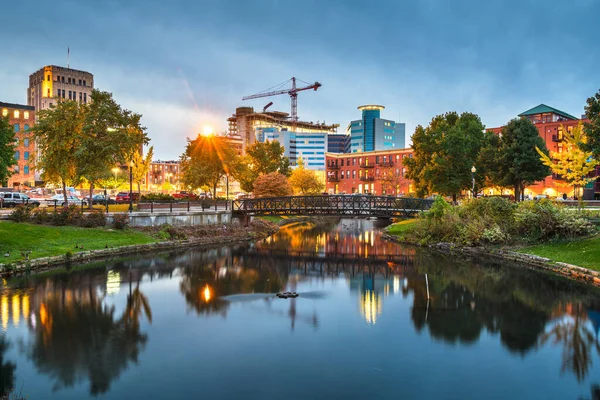
The original Bell’s location sits near the Kalamazoo River in a downtown district that grew around 19th-century paper mills and manufacturing plants. The brewery’s expansion into adjacent buildings tells the story of urban renewal through craft beer, as abandoned industrial spaces find new purpose serving the community that once worked in them.
River access trails connect the brewery to regional hiking and biking networks that follow historic transportation corridors.
New Belgium Brewing Company, Fort Collins, Colorado

Located along the Cache la Poudre River, this employee-owned brewery occupies a site near historic flour mills that processed grain from surrounding agricultural areas. The brewery’s sustainable practices and river restoration efforts reflect environmental consciousness that honors the waterway’s role in regional development.
Bike trails along the river connect the brewery to Fort Collins’ extensive cycling network, celebrating both environmental stewardship and the outdoor recreation culture that defines modern Colorado.
Like Travel Pug’s content? Follow us on MSN.
Founders Brewing Company, Grand Rapids, Michigan
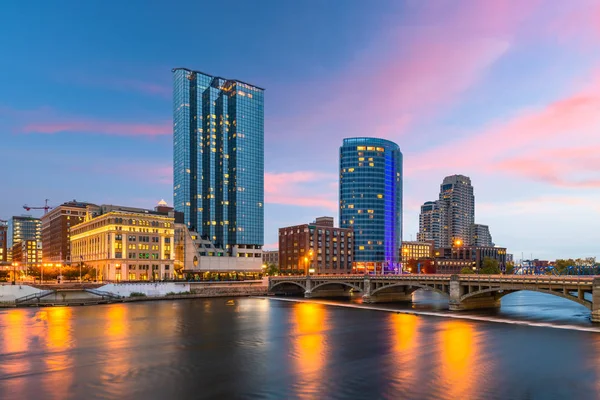
Situated near the Grand River rapids that gave the city its name, this brewery operates in a converted warehouse district that once housed furniture manufacturing and other river-powered industries. The taproom features industrial architecture and exposed brick that reflect the area’s manufacturing heritage.
At the same time, outdoor seating overlooks the river, which provided power for the factories that made Grand Rapids famous. Local history displays explain how river power shaped the city’s economy and cultural development.
Three Floyds Brewing, Munster, Indiana
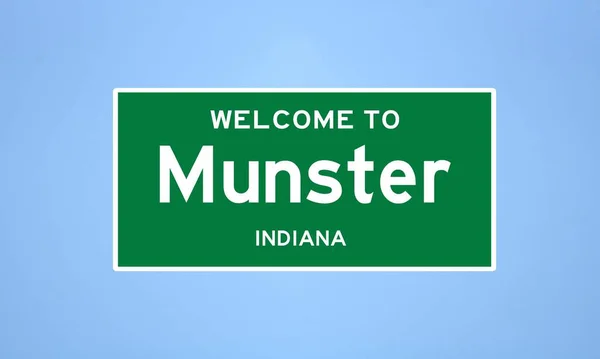
Though technically near the Little Calumet River rather than a major waterway, this legendary brewery operates in Indiana’s industrial corridor, where rivers and railroads created the Midwest’s manufacturing heartland. The brewery’s intense, hop-forward beers reflect the blue-collar work ethic of the region’s steel mills and heavy industry.
The taproom atmosphere celebrates both industrial heritage and the rebellious spirit that drives craft brewing innovation.
Russian River Brewing Company, Santa Rosa, California

Located near the Russian River in Sonoma County’s wine country, this world-renowned brewery operates in a region where waterways supported lumber mills, agriculture, and early California settlement. The river that gives the brewery its name also provides the water source for both brewing and the vineyards that make Sonoma County famous.
Outdoor seating areas overlook landscapes where redwood logging, hop farming, and wine grapes created successive economic booms.
Like Travel Pug’s content? Follow us on MSN.
Schlafly Brewery, St. Louis, Missouri

The original Schlafly location occupies a restored brick building near the Mississippi River in downtown St. Louis, where German immigrants established brewing traditions that shaped the city’s identity. The brewery’s location in the historic downtown district connects visitors to the riverfront, which has made St. Louis a major transportation hub and gateway to western expansion.
River views from the beer garden provide perspectives on the waterway that carried countless settlers and goods toward the frontier.
Deschutes Brewery, Bend, Oregon

Built along the Deschutes River in downtown Bend, this brewery operates near the falls and rapids that powered the lumber mills that built this central Oregon community. The brewery’s river-facing patio overlooks waters that transported logs from mountain forests to processing facilities, while nearby trails follow historic logging railroad routes.
The connection between river power, forest resources, and community development creates a perfect setting for celebrating both natural heritage and craft brewing innovation.
Sweetwater Brewing Company, Atlanta, Georgia

Located near the Chattahoochee River in Atlanta’s industrial corridor, this brewery operates in a converted warehouse district where river transportation once supported the city’s emergence as a regional commercial center. The brewery’s focus on environmental sustainability honors the river’s role in regional water supply and ecosystem health.
River access points near the brewery connect to trail systems that showcase both urban renewal and natural resource conservation efforts.
Like Travel Pug’s content? Follow us on MSN.
Boulevard Brewing Company, Kansas City, Missouri

Situated in Kansas City’s historic stockyards district near the Missouri River, this brewery occupies buildings that once supported the cattle trade and meatpacking industry, which made the city famous. The river that flows past the brewery carries agricultural products and livestock from western farms to eastern markets, creating the economic foundation for Kansas City’s growth.
Brewery tours include historical information about the river’s role in establishing Kansas City as a major transportation and agricultural processing center.
Victory Brewing Company, Downingtown, Pennsylvania
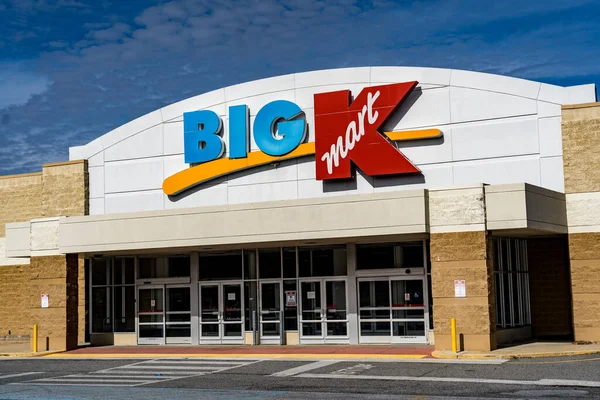
Built in a converted mill building along Brandywine Creek, this brewery operates in southeastern Pennsylvania’s historic mill country, where waterpower drove flour mills, paper mills, and other early American industries. The creek that flows past the brewery once powered the Lukens Steel Company and other manufacturers that supplied materials for American industrial expansion.
The restored mill architecture creates an authentic historical atmosphere for enjoying craft beer in spaces where earlier generations worked and lived.
Narragansett Brewing Company, Providence, Rhode Island

Located near Providence’s historic waterfront, this revived brewery connects to Rhode Island’s maritime heritage and the original Narragansett Brewery that served New England for over a century. The Seekonk River and Narragansett Bay provided transportation routes that made Providence a major colonial port and early industrial center.
Modern brewing operations honor both the original brewery’s legacy and the waterways that shaped Rhode Island’s economic development.
Like Travel Pug’s content? Follow us on MSN.
Surly Brewing Company, Minneapolis, Minnesota
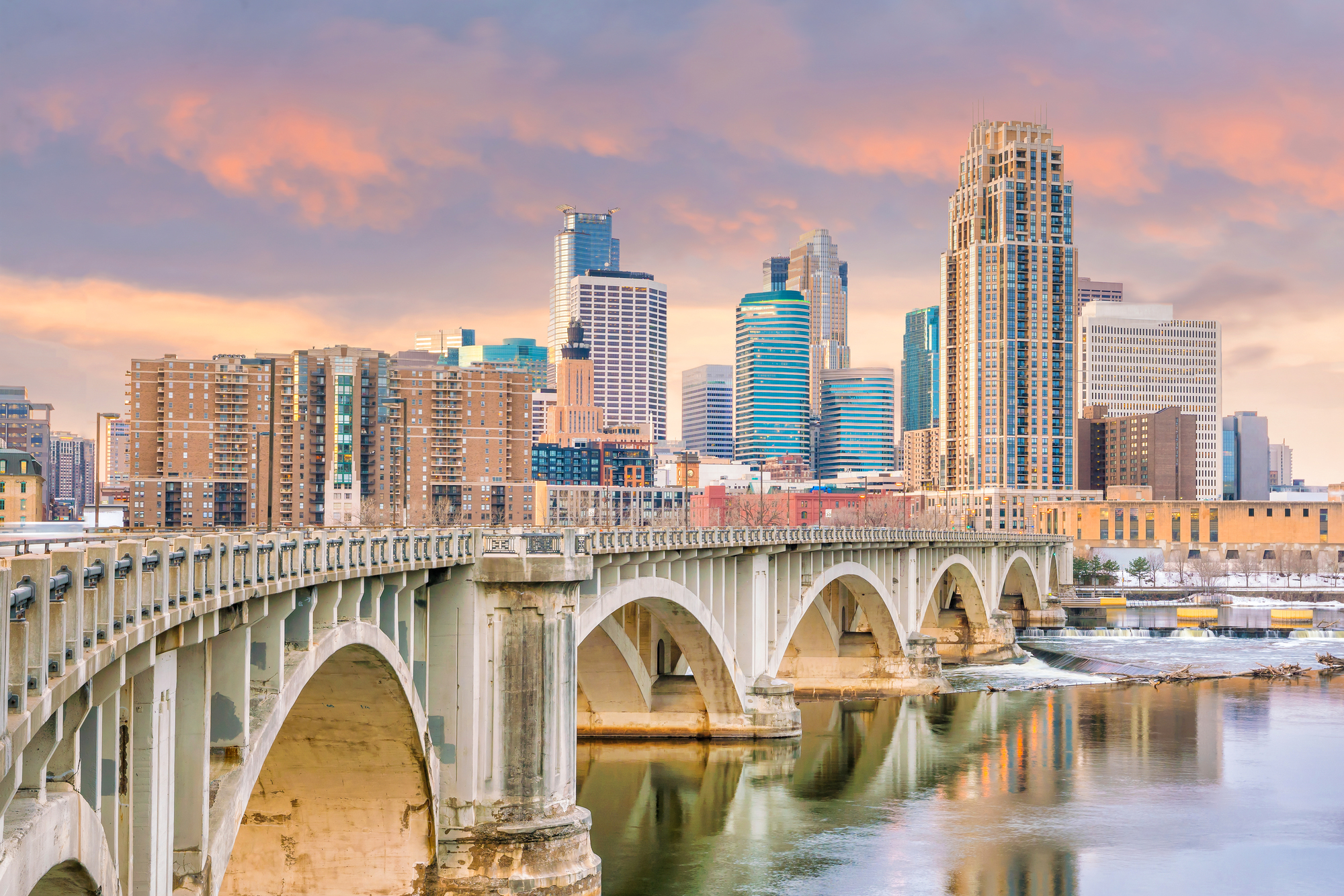
Situated near the Mississippi River in Minneapolis’s brewing district, this innovative brewery operates in an area where river power drove flour mills that made Minneapolis the nation’s milling capital. The Mississippi provided transportation for wheat from western farms and flour to eastern markets, creating the economic foundation for the Twin Cities’ growth.
The brewery’s industrial architecture and bold beer styles reflect both historical manufacturing heritage and contemporary creative culture.
Yuengling Brewery, Pottsville, Pennsylvania
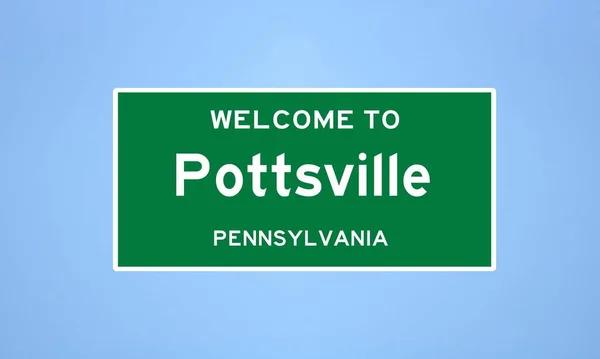
America’s oldest operating brewery is located along the Schuylkill River in Pennsylvania’s coal country. The waterway transported anthracite coal, which powered 19th-century American industry. The brewery building dates to 1829 and maintains original stonework and architecture that connect visitors to early American brewing traditions.
River access near the brewery provides views of landscapes where coal mining, canal transportation, and brewing created interconnected economic systems.
Great Divide Brewing Company, Denver, Colorado

Located near the South Platte River in Denver’s historic warehouse district, this brewery operates in buildings that once stored goods arriving by railroad and river transportation. The South Platte provided water for early Denver settlement and mining operations, while railroads following river valleys connected Colorado to national markets.
The brewery’s location in the revitalized River North Art District demonstrates how industrial heritage can support contemporary cultural and economic development.
Like Travel Pug’s content? Follow us on MSN.
Cigar City Brewing, Tampa, Florida
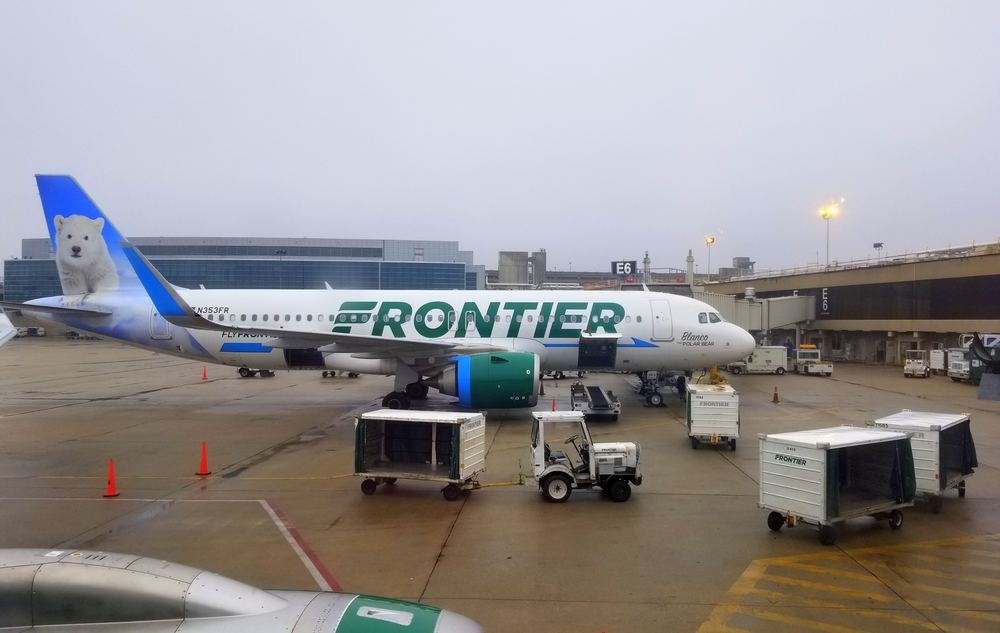
Situated near the Hillsborough River in Tampa’s historic Ybor City district, this brewery operates in an area where Cuban and Spanish immigrants established cigar manufacturing that made Tampa internationally famous. The river provided transportation for imported materials and finished products, while immigrant communities created the cultural foundations for modern Tampa.
Brewery beers often reference local history, including the Cuban influences that shaped regional culture and commerce.
Lagunitas Brewing Company, Petaluma, California
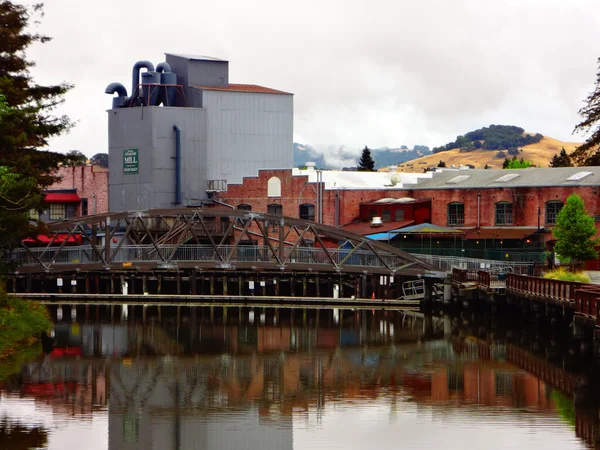
Built along the Petaluma River in Sonoma County’s agricultural heartland, this brewery operates in a region where waterways supported dairy farming, chicken ranching, and agricultural processing that fed San Francisco and regional communities. The river once carried agricultural products to San Francisco Bay, while railroad connections following river valleys linked Petaluma to broader California markets.
The brewery’s expansion reflects both agricultural heritage and contemporary craft brewing innovation.
Dogfish Head Craft Brewery, Milton, Delaware
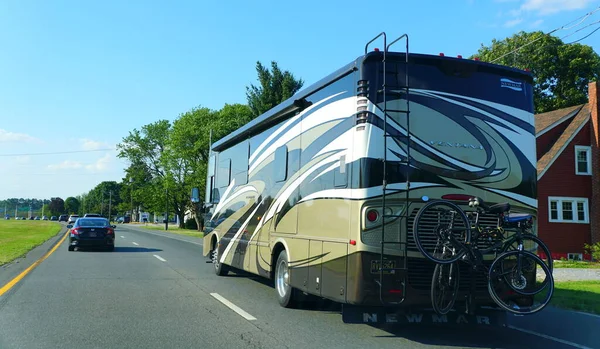
Located near the Broadkill River in Delaware’s coastal region, this innovative brewery operates in an area where waterways supported colonial settlement and early American maritime industries. The river provided access to Delaware Bay and Atlantic shipping routes, while surrounding marshlands supported fishing and hunting that sustained early communities.
The brewery’s experimental approach to brewing reflects both historical innovation and contemporary creativity in craft beer development.
Like Travel Pug’s content? Follow us on MSN.
Where Water Meets Craft

These riverwalk breweries demonstrate how waterways continue shaping American communities long after the mills and factories have closed their doors. Each location tells stories of industrial heritage, environmental stewardship, and cultural evolution through the lens of craft brewing innovation.
The rivers that once powered machinery now provide scenic backdrops for gathering places where neighbors share both local history and carefully crafted beer. Whether you’re interested in industrial archaeology, urban renewal, or simply enjoying excellent beer in beautiful settings, these breweries offer liquid connections to the waterways that built America and continue flowing toward its future.
More from Travel Pug

- 20 Best Beach Towns in the Carolinas
- 13 Destinations Where Tourists Regularly Regret Their Trip
- 20 Destinations That Are More Magical Without an Itinerary
- 20 Underrated Adventures That Belong on Your Travel List
- 20 Cities Where You Should Just Wing It, No Planning Required
Like Travel Pug’s content? Follow us on MSN.
